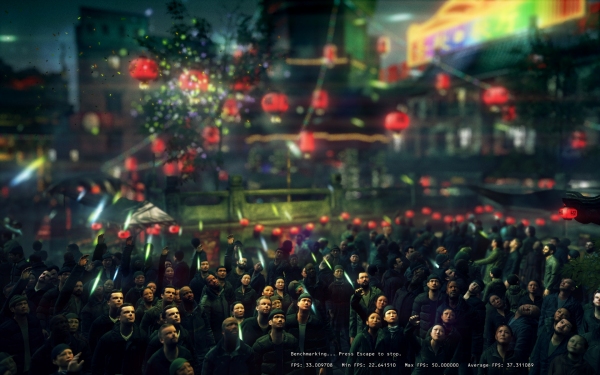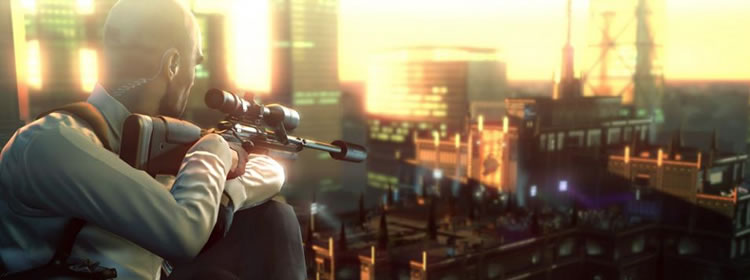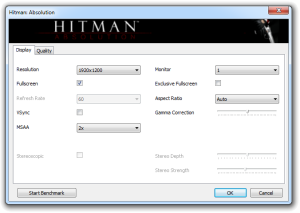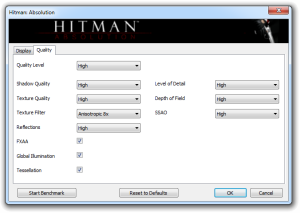Founded in 1998 and currently a subsidiary of Square Enix, IO Interactive is best known for creating the critically acclaimed stealth action series Hitman, which began with 2000's Hitman: Codename 47, a PC exclusive developed using the Glacier game engine and one of the earliest titles to feature ragdoll physics.
IO followed up on the success of its first title by releasing a sequel, Hitman 2: Silent Assassin, in 2002 for PC and major consoles, as well as a third entry, Hitman: Contracts, in 2004, and a fourth, Hitman: Blood Money, in 2006. Due for a break from the Hitman franchise, IO shifted to other projects for the next half a decade.
Fast-forward six years and it seems the developer is ready to revive the infamous Agent 47 in Hitman's fifth game, which crept onto shelves last Tuesday, November 20 – or the 47th week of the year. Among its other advancements, Hitman: Absolution is the first game to be developed using the new Glacier 2 engine.

The updated engine was specifically built for Hitman, with a strong emphasis on enabling very dense crowds and allowing players to not only interact with characters but also to influence their behavior. The engine is said to be able to handle up to crowds of 1200 characters, which makes Absolution unlike any other game.
Along with that, Glacier 2 also takes advantage of DirectX 11 and many of its key features, such as global illumination, bokeh and tesselation. As is often the case, this means the PC version will offer better visuals, including increased texture resolution, gesture resolution and shadow map resolution.
Having seen gameplay screenshots of Hitman: Absolution prior to its release, we knew the game would demanding – how demanding, of course, is what we're here to discover, and there's only one way to find out...
Testing Methodology
We'll be testing 28 DirectX 11 graphics card configurations from AMD and Nvidia across all price ranges. The latest beta drivers will be used, and every card will be paired with an Intel Core i7-3960X to remove CPU bottlenecks that could influence high-end GPU scores.

IO Interactive has been kind enough to include a benchmark that showcases a detailed scene using a large crowd in Hitman: Absolution. Rather than use Fraps to record our own scene from one of the levels within the game we decided to use the benchmark as it does accurately represent an action-packed situation. Furthermore, it also makes it easier for you to compare your system's results with ours.
We tested Hitman: Absolution at three common desktop display resolutions: 1680x1050, 1920x1200 and 2560x1600, using the High (2xAA/8xAF) and Ultra (4xAA/16xAF) quality settings with in the DX11 mode.



